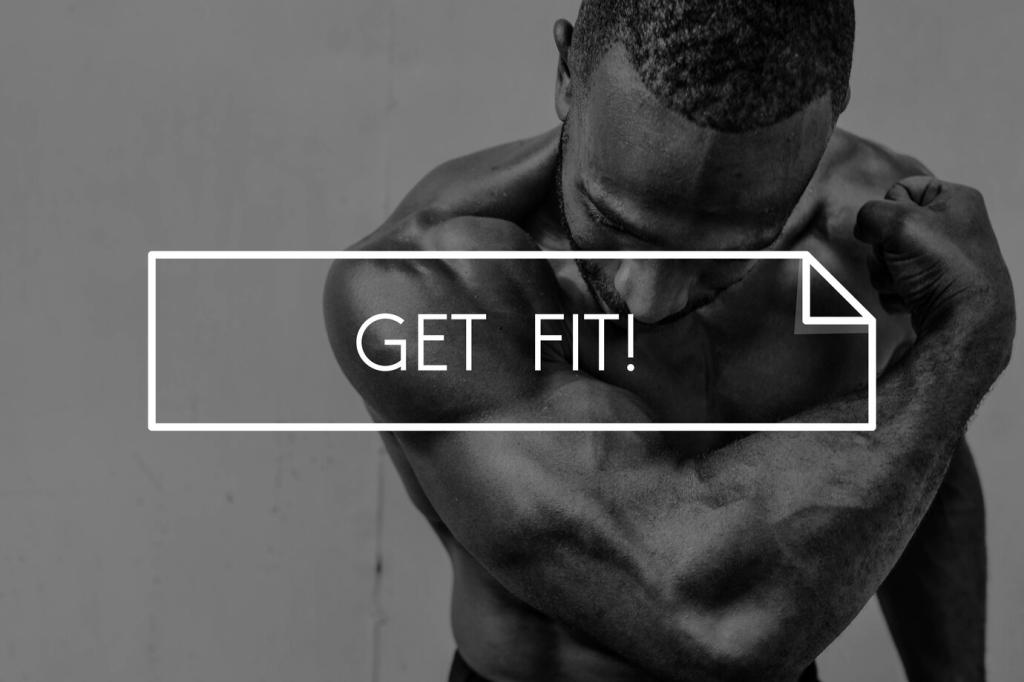What’s Next: AR, Digital Twins, and Beyond
Augmented reality can overlay joint angles, bar paths, and tempo cues in real time, guiding safer, sharper reps. Imagine instant coaching without filming. Would AR help your technique, or distract you during heavy sets?
What’s Next: AR, Digital Twins, and Beyond
A digital twin models your physiology using historical data, projecting outcomes for sleep changes, taper strategies, or race-day pacing. Try simulations, then validate cautiously. What scenario would you test first if you had a trustworthy twin?








